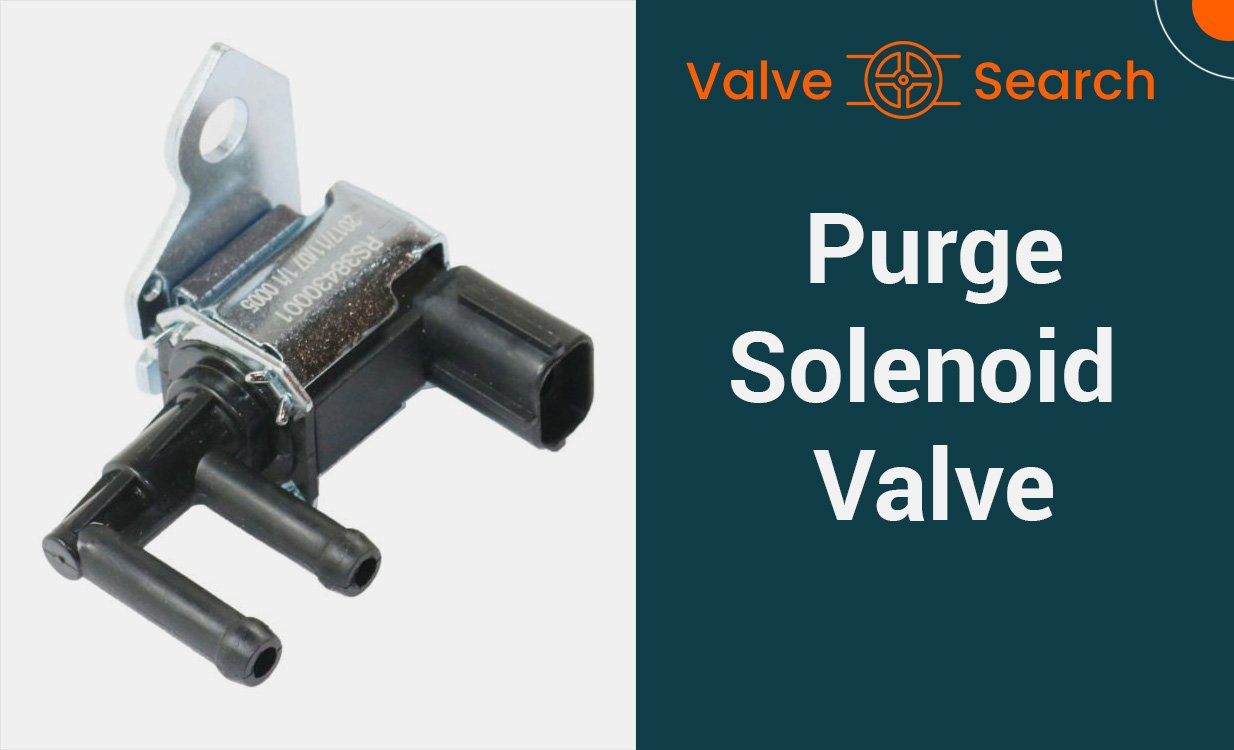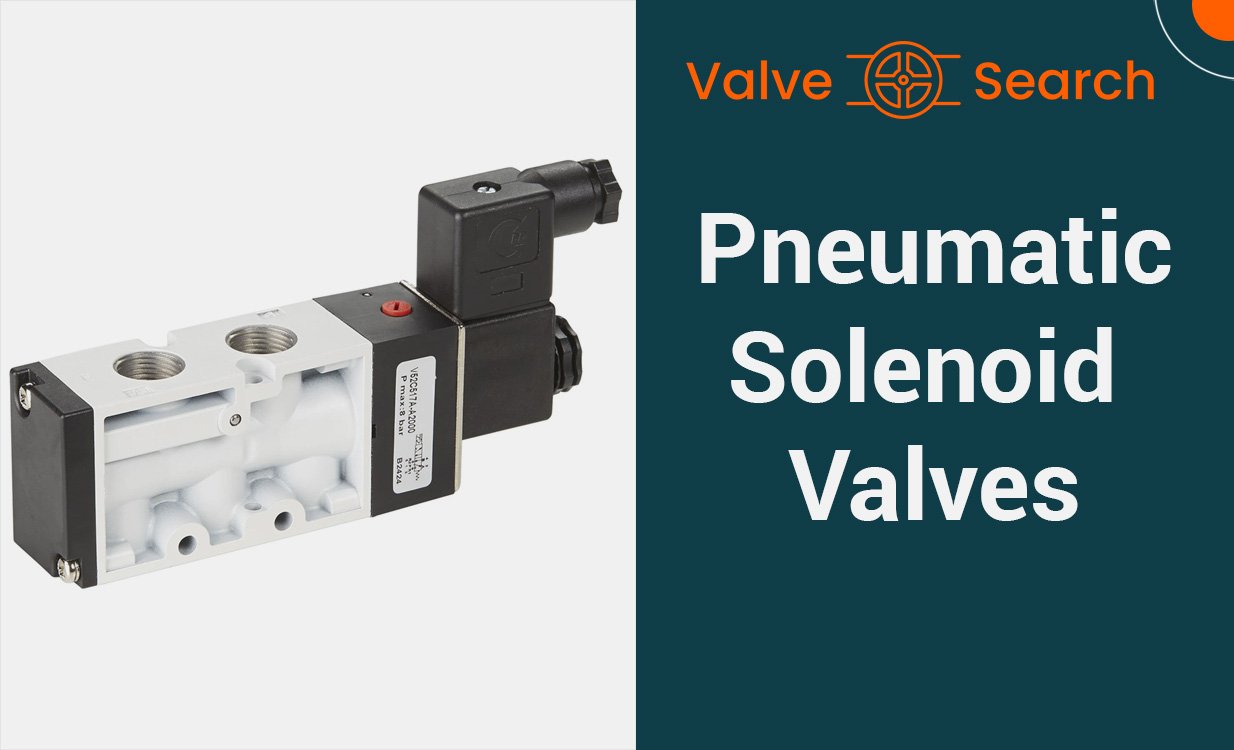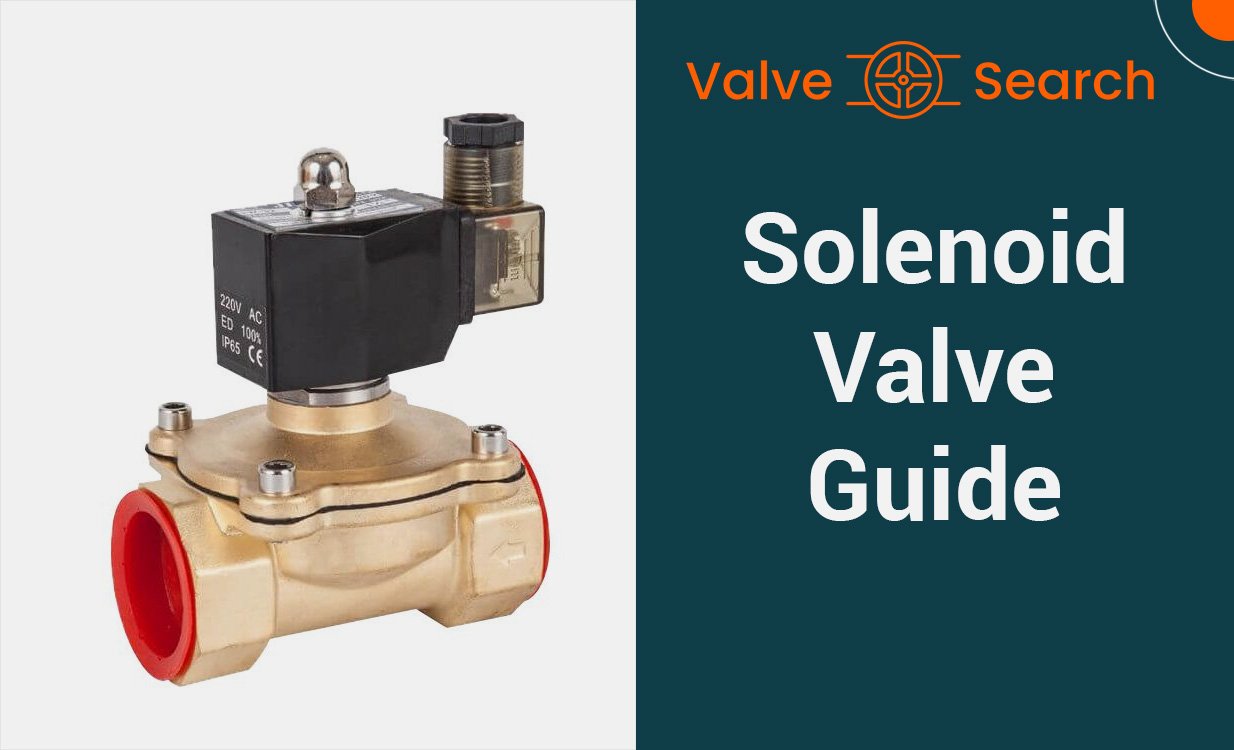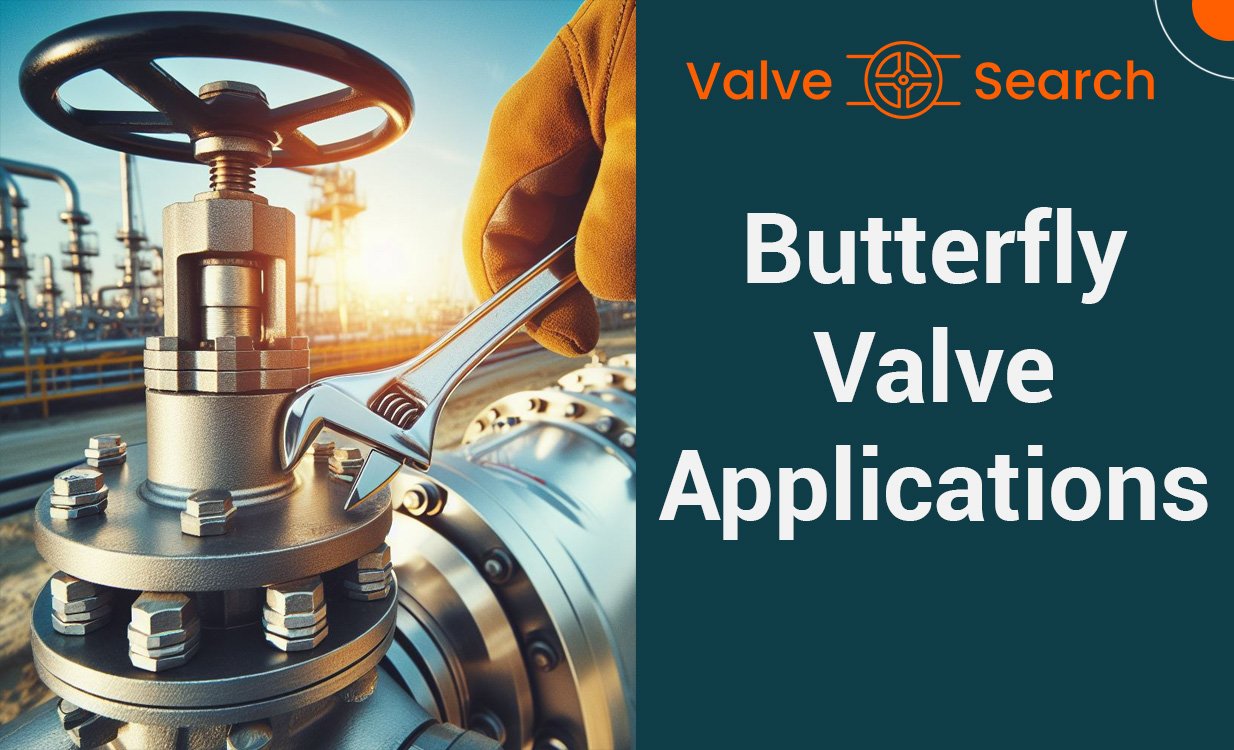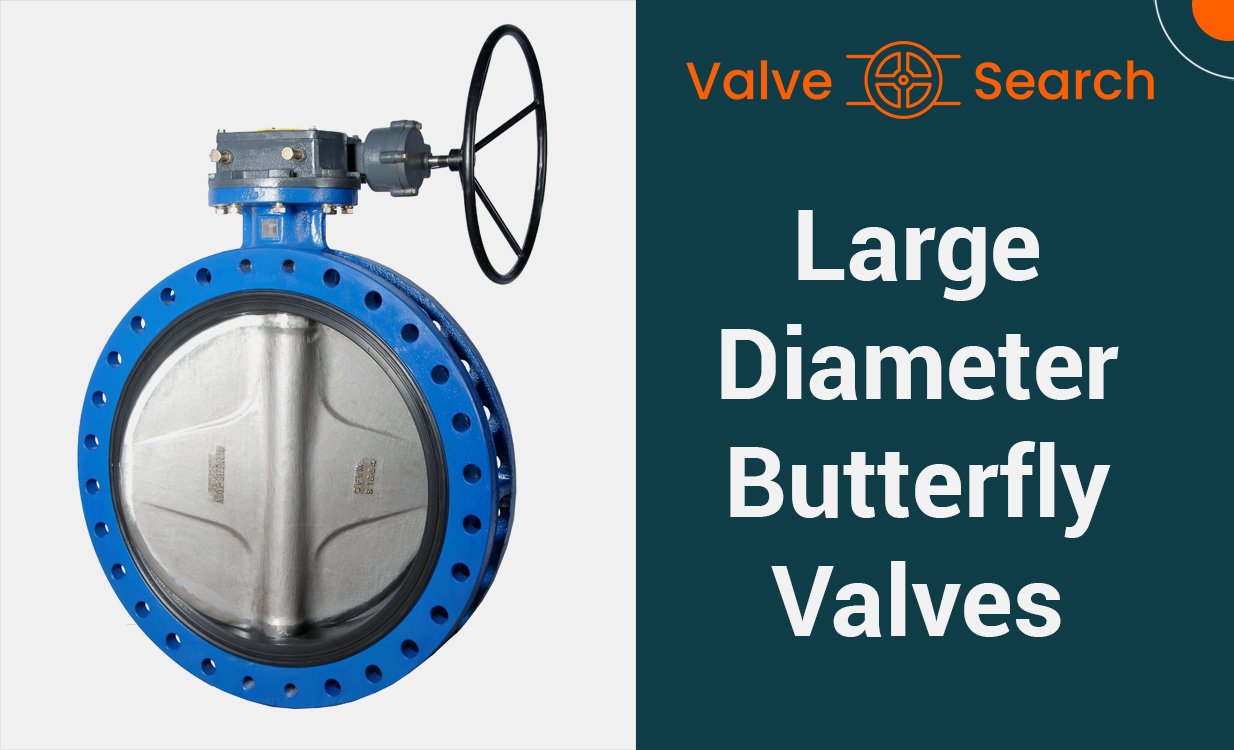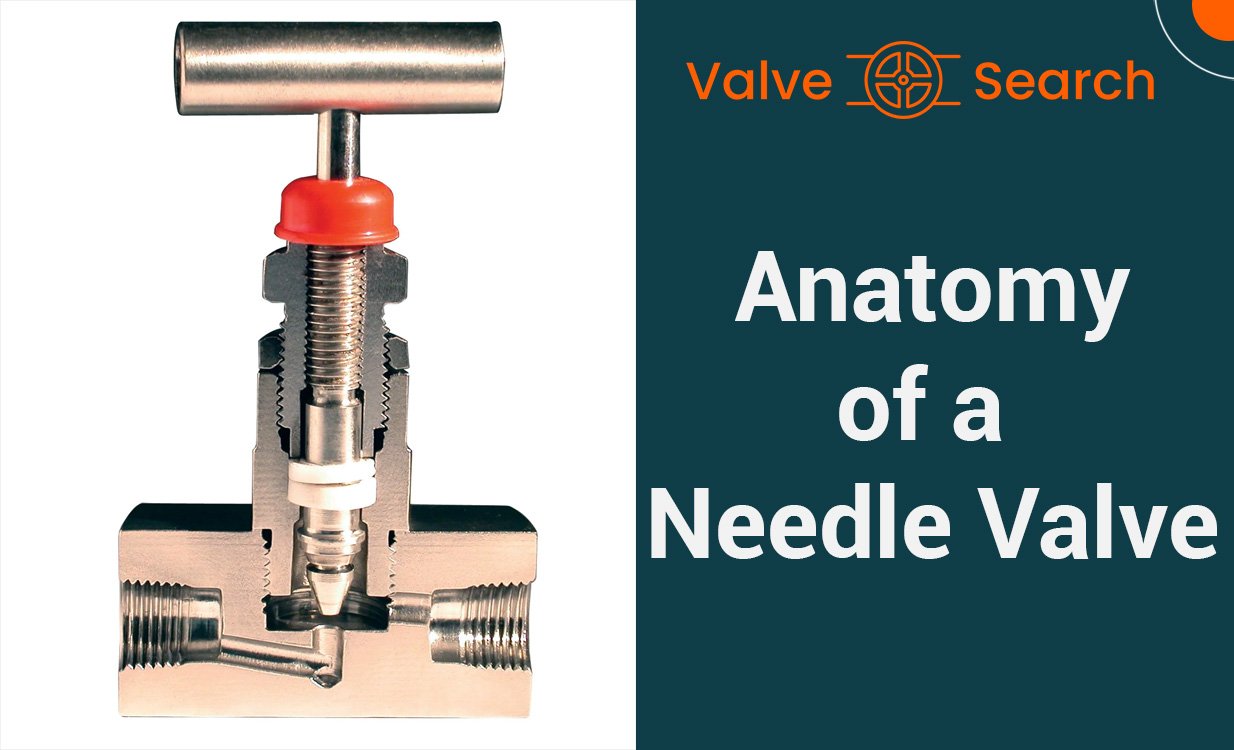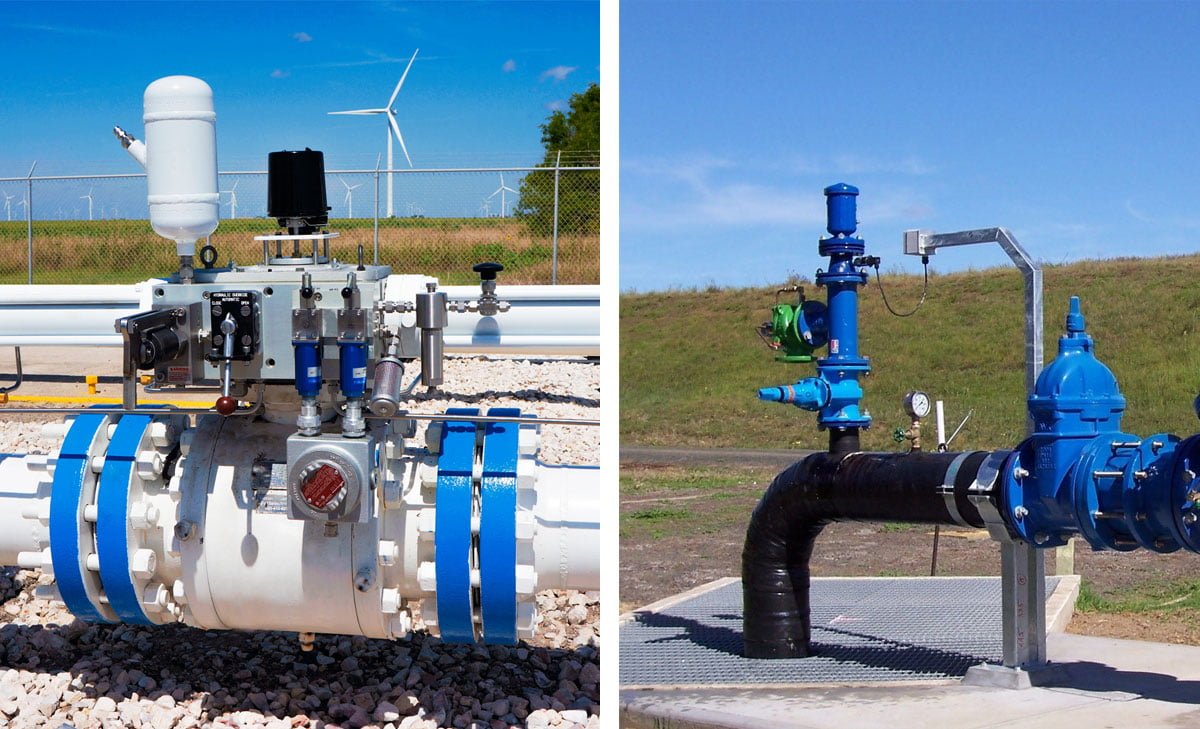Combination Air Valves: Maximizing Wastewater Treatment Efficiency

Table of Contents
ToggleBenefits of Using Combination Air Valves in Wastewater Treatment Plants
When it comes to municipal sewage and wastewater systems, the use of air valves plays a crucial role in ensuring efficiency and reducing energy costs. These valves are instrumental in evacuating air during pipeline filling, releasing entrapped air during pressurized operation, and protecting against vacuum conditions during pipeline draining or burst. In addition, air valves offer air intake to safeguard against water hammers or surge pressure, preventing potential damages.
However, in the case of sewage and wastewater conditions, unique considerations must be taken into account when selecting air valves. This is due to the mixture of organic and inorganic components, biological entities, and large floating objects present in sewage, which can potentially clog pipes or damage equipment. Therefore, it is vital for municipal sewage and wastewater systems to choose air valves that are designed to separate sewage water from the valve’s internal mechanism, easy to maintain, and facilitate longer periods of operation without requiring frequent maintenance.
Understanding Combination Air Valves and Their Role in Wastewater Treatment
What Are Combination Air Valves?
Combination air valves are crucial components in the wastewater treatment process, designed to release or admit large volumes of air to and from the wastewater pipelines. They prevent pipeline surges and air accumulation, ensuring the system operates efficiently. These valves are equipped with an air release orifice, an air & vacuum orifice, and a large-sized orifice for maximum air discharge during pipeline filling. The combination of these functionalities makes them versatile and highly effective in various wastewater treatment applications.
The Science Behind Combination Air Release Valves
The operation of combination air valves is based on the principles of fluid dynamics and air management within wastewater pipelines. When wastewater flows through a pipeline, air can become trapped, resulting in air pockets that impede the flow and efficiency of the system. The air release orifice in combination air valves allows for the controlled release of these air pockets, maintaining optimal pipeline flow and preventing issues such as water hammer. Similarly, the air & vacuum orifice allows air to enter the pipeline when needed, preventing vacuum formation which can lead to pipeline collapse. The science behind these valves is focused on maintaining system efficiency and ensuring smooth wastewater transportation and treatment.
Key Benefits of Using Combination Air Valves
Preventing Water Hammer and System Damage
Water hammer can cause significant damage to wastewater treatment systems, resulting in pipe bursts and structural failures. By using combination air valves, these systems can effectively prevent water hammer, safeguarding the infrastructure and reducing maintenance costs. This proactive approach ensures the smooth operation of the treatment plant without the disruptive and costly repercussions of water hammer.
Reducing Energy Costs in Wastewater Management
Efficient air and vacuum release mechanisms in combination air valves contribute to the reduction of energy consumption in wastewater management. By optimizing air and vacuum release, these valves enhance the overall operational efficiency, leading to cost savings in energy consumption. This not only benefits the plant’s operational budget but also aligns with sustainability efforts by minimizing energy usage.
Enhancing Pump Efficiency and Lifespan
Combination air valves play a pivotal role in enhancing pump efficiency and extending their lifespan. By effectively releasing air and preventing vacuum formation, these valves minimize the stress and strain on the pumps, resulting in reduced wear and tear. This, in turn, contributes to longer pump lifespans and operational reliability, positively impacting the overall efficiency of the wastewater treatment plant.
Improving Air Release and Vacuum Prevention
Optimal air release and vacuum prevention are crucial factors in maintaining the operational integrity of wastewater treatment plants. Combination air valves excel in efficiently releasing air during system filling and preventing the formation of damaging vacuums during system draining. This ensures that the system operates at its best, reducing the risk of air entrapment and maintaining a consistent flow of water, ultimately improving the overall system performance.
Maintaining Optimal Water Quality
The utilization of combination air valves plays a vital role in maintaining optimal water quality within wastewater treatment systems. By effectively managing air and vacuum levels, these valves contribute to preventing contaminants from entering the system, ensuring that the treated water meets quality standards. This not only enhances the overall efficiency of the treatment process but also aligns with environmental and regulatory requirements for water quality maintenance.

Real-World Applications of Combination Air Release Valves in Wastewater Plants
In the context of large-scale wastewater treatment projects, the role of air valves is crucial in ensuring smooth operations and optimal functionality. Let’s explore real-world applications of air valves in wastewater treatment plants, including case studies and the pivotal role these valves play in such projects.
Case Studies
Several wastewater treatment plants have successfully integrated combination air valves into their systems, experiencing notable improvements in performance and efficiency. For instance, a treatment plant in [Location] implemented air valves in its sewage main transmission lines, leading to enhanced air release capabilities and reduced incidences of air pockets during operations. As a result, the plant experienced improved overall functionality and minimized downtime, showcasing the tangible benefits of integrating air valves into wastewater treatment infrastructure.
Another case study from [Location] highlights the impact of air valves in irrigation systems dealing with solids and debris in suspension. By leveraging specialized air valves tailored for such demanding conditions, the treatment plant witnessed notable advancements in air discharge efficiency and system reliability, underscoring the practical significance of these valves in complex wastewater treatment settings.
The Role of Air Valves in Large-Scale Wastewater Projects
In large-scale wastewater projects, the role of air valves extends beyond mere functionality to encompass critical aspects such as system integrity, maintenance optimization, and long-term cost efficiencies. These valves serve as vital components in ensuring the proper operation and longevity of sewage lines, offering solutions for managing air ingress and egress during various operational scenarios.
Moreover, in the context of treatment plants, air valves play a pivotal role in safeguarding the integrity of transmission lines and preventing issues such as air entrapment, pressure fluctuations, and potential damage to internal components. Their strategic placement and functionality contribute to the overall resilience and operational stability of wastewater treatment infrastructure, addressing perplexity and burstiness in system dynamics with precision and reliability.
By incorporating high-quality air valves designed for the specific demands of wastewater environments, treatment plants can effectively mitigate the risks associated with clogging, maintenance challenges, and suboptimal performance. This proactive approach not only extends the operational lifespan of the infrastructure but also enhances the overall productivity and sustainability of large-scale wastewater projects.
In conclusion, the utilization of air valves in wastewater treatment plants represents a proactive investment in operational resilience and long-term efficiency, serving as integral components in addressing the complexities and demands of real-world wastewater applications. The strategic integration of these valves, supported by case studies and empirical evidence, underscores their indispensable role in optimizing the performance and reliability of large-scale wastewater projects.
Installation and Maintenance of Combination Air Valves
Installing combination air valves in wastewater treatment plants requires careful consideration of best practices to ensure optimal performance. These valves play a crucial role in managing air discharge and preventing pipeline damage. Routine maintenance is also essential to uphold peak performance and extend the longevity of the valves.
Best Practices for Installing Combination Air Valves
When installing combination air valves, it is crucial to select suitable locations that facilitate efficient air release and prevent air accumulation within the pipeline system. Optimal positioning at the highest points of the pipeline network allows for effective release of air and prevents the formation of air pockets.
Additionally, proper securing and alignment of the valves are essential to ensure seamless operation. Adhering to the manufacturer’s guidelines and industry standards during installation mitigates the risk of malfunction and optimizes the performance of the air valves.
Routine Maintenance to Ensure Peak Performance
To maintain the effectiveness of combination air valves, regular inspection and maintenance are paramount. Implementing a proactive maintenance schedule aids in identifying and addressing potential issues before they escalate, thereby minimizing downtime and costly repairs.
Routine tasks such as cleaning the valve components, inspecting for any signs of wear or corrosion, and verifying proper functioning contribute to sustaining peak performance. Conducting periodic tests to evaluate the air release capacity and pressure control capabilities further ensures the reliability of the valves.
In conclusion, adhering to best installation practices and implementing a consistent maintenance regimen are instrumental in maximizing the benefits of combination air valves within wastewater treatment plants. By prioritizing proper installation and ongoing upkeep, these critical components continue to fulfill their pivotal role in safeguarding the integrity and efficiency of the wastewater management system.

Overcoming Challenges with Combination Air Valves
Addressing Common Operational Issues
Wastewater treatment plants often face operational challenges such as air entrapment, vacuum formation, and air release inefficiencies. These issues can lead to decreased system efficiency, increased maintenance costs, and potential safety hazards. Combination air valves offer a solution to these challenges by effectively managing air in the system. By incorporating a combination of air release, air & vacuum, and vacuum relief functions, these valves help mitigate the common operational issues faced by wastewater treatment plants.
Selecting the Right Valve for Your Wastewater Plant
When selecting combination air valves, it is essential to consider the specific requirements of your wastewater treatment plant. Factors such as pipe size, flow rates, and the nature of air-related challenges should be carefully evaluated. Additionally, the material of the valve, its ability to withstand corrosive environments, and its long-term performance should be taken into account. Consulting with experienced engineers and evaluating the track record of manufacturers can aid in selecting the most suitable combination air valve for your plant’s unique needs.
The Future of Wastewater Treatment with Air Valve Technology
The wastewater treatment industry is witnessing rapid technological advancements in air valve design, aimed at enhancing efficiency and performance. Innovations such as smart valves equipped with digital sensors and remote monitoring capabilities are revolutionizing the way air valves are utilized in wastewater treatment plants. These advancements enable real-time data collection and analysis, leading to proactive maintenance and optimized operational processes. Moreover, the integration of predictive maintenance technologies in air valve design is set to minimize downtime and reduce maintenance costs, further contributing to the future of wastewater treatment efficiency.
Innovations in Air Valve Design
In recent years, there has been a significant focus on enhancing the design of air valves to address the evolving needs of wastewater treatment plants. Manufacturers are employing advanced materials and engineering techniques to develop air valves that offer superior resistance to corrosive wastewater environments and prolonged durability.
The introduction of streamlined valve geometries and flow control features is aimed at optimizing air release and vacuum breaking performance, crucial for maintaining operational efficiency within wastewater treatment systems. These innovative design elements are poised to play a pivotal role in shaping the future of wastewater treatment with air valve technology.
The Impact of Environmental Regulations on Air Valve Usage
Stringent environmental regulations governing wastewater treatment practices have propelled the adoption of advanced air valve technology. With a renewed emphasis on reducing emissions and minimizing environmental impact, there is a growing demand for air valves that facilitate efficient air and gas control within treatment processes. As environmental standards continue to evolve, the role of air valves in mitigating harmful gas emissions and ensuring compliance with regulatory requirements becomes increasingly indispensable. The integration of specialized air valve technologies tailored to align with environmental mandates is projected to drive sustainable wastewater treatment practices in the future, ensuring minimal ecological footprint while maintaining operational efficacy.
Conclusion
In conclusion, the benefits of using combination air valves in wastewater treatment plants are substantial. These valves play a crucial role in maintaining the efficiency and functionality of sewage and wastewater systems. By effectively evacuating air during pipeline filling, releasing entrapped air during pressurized operation, enabling large volume air intake during pipeline draining or burst, and offering protection against water hammers or surge pressure, combination air valves ensure the smooth and reliable operation of the entire system.
In the case of sewage and wastewater conditions, it is essential to consider unique factors such as the separation of sewage water from the air valve’s internal mechanism, the need for regular maintenance, and ease of operation and inspection. The BERMAD C50 sewage & wastewater combination air valves are designed to address these specific considerations, making them an excellent choice for municipal sewage and wastewater systems.


